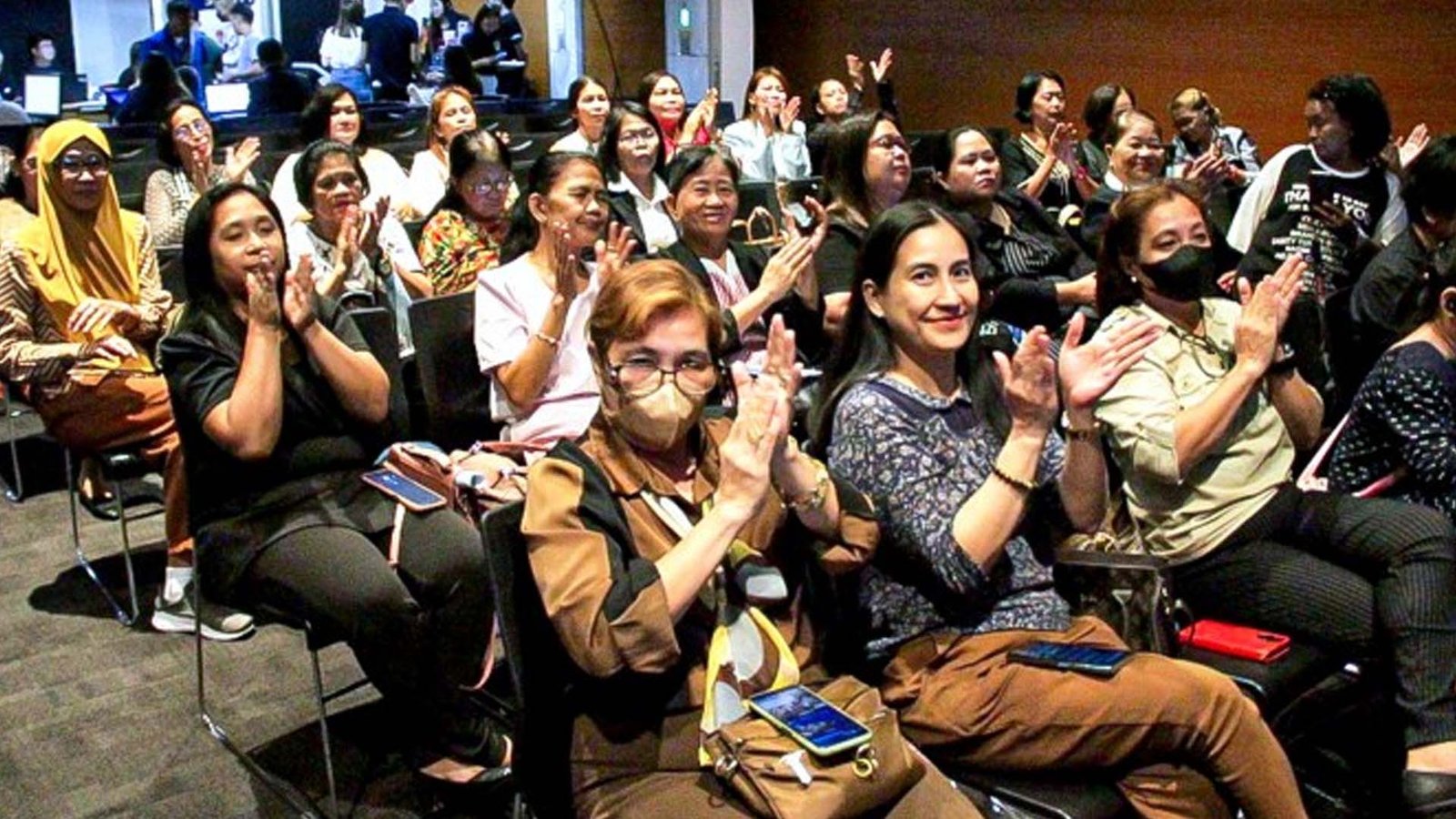MANILA, Philippines — In 1970, the Cultural Center of the Philippines Museum (CCP Museum) started a curatorial project called the CCP Thirteen Artists Awards (CCP TAA). Led by its first curator Roberto Chabet, it aimed at showcasing the works of Filipino artists who sought to “restructure, re-strengthen, and renew artmaking and art thinking that lend viability to Philippine art.”
Held every two years from 1970 to 1980, it became conspicuously absent until it was presented again in 1988, 1990, 1992 and 1994. Then it went into a short hiatus and was revived in 2000, when it was transitioned into its current triennial awards format.
It was Raymundo Albano, as director of the CCP Museum and Non-Theater Operations, who transformed the CCP TAA into the awards program known by the Filipino arts community today.
Now on its 54th year, this year’s CCP TAA honored a new set of 13 awardees in the persons of Catalina Africa, Denver Garza, Russ Ligtas, Ella Mendoza, Henrielle Baltazar Pagkaliwangan, Issay Rodriguez, Luis Antonion Santos, Joshua Serafin, Jel Suarez, Tekla Tamoria, Derek Tumala, Vien Valencia, and Liv Vinluan.
“A successful artist, to me, means striving to commit to authenticity by addressing issues that resonate with both ourselves and society,” said visual artist Henrielle Baltazar Pagkaliwangan, one of the CCP Thirteen Artists Awardees.
Cavite-based Pagkaliwangan had always been passionate about arts. She started honing her skills through formal training at the Philippine High School for the Arts (PHSA). However, she almost pursued a course (and eventual career) in accountancy when faced with the decision of which career path to take — thinking it would provide the financial stability needed to support herself and her artmaking.
“I was about to enroll in an accountancy program before deciding to take the Talent Determination Test at the UP College of Fine Arts. When I had to decide which bachelor’s degree to take, I really wanted to pursue Fine Arts, but I hesitated because I wasn’t sure if it would be sustainable after graduation. In the end, I decided on Fine Arts, thinking I could always consider another career path if it didn’t work out,” Pagkaliwangan recalled when asked how she came to realize she wanted to be an artist.

Pagkaliwanagan’s “On This Site Will Rise,” pen and ink, and watercolor on paper, shortlisted for the Fernando Zobel Prizes for Viswual Arts, Ateneo Art Awardee, 2021.
While studying, she also took up apprenticeships with artists she admired so she could learn from their unique artistic processes and approaches. She earned her Bachelor of Fine Arts degree from the University of the Philippines-Diliman in 2015 and went on to win the Grand Prize in the Don Papa Rum Art Competition that granted her a one-month residency in Florence, Italy.
Pagkaliwangan’s work explores the stories behind mundane yet indispensable objects to examine Philippine history and material culture. Drawing from natural history illustration and taxonomy, she documents personal and historical narratives through hand-pulled prints and drawings.
Pen and ink as well as watercolor are her medium, and, in printmaking, works with monotype and drypoint prints. She likes to illustrate objects arranged in specific schemes of order, and has seen her works featured in solo and group exhibitions not only in the Philippines but also in Indonesia and Taiwan.
The process of making art for Pagkaliwangan begins with broad or general ideas and interests, which gradually take shape through illustration and printmaking, reading and writing about it, and testing things out. Along the way, conversations with peers and mentors play a big role in refining thoughts and pushing to see things from different perspectives. It is the ongoing cycle of learning and creative problem-solving that fuels her practice and keeps her moving forward.
As an artist, Pagkaliwangan considers the overwhelming abundance of information a challenge.
“Determining which sources are credible, relevant, or worth pursuing can be difficult. It’s easy to get overwhelmed because everything is competing for our attention, and information that comes quickly tends to be short-lived or surface-level,” she said.
Being named a recipient of the CCP TAA was a significant milestone for Pagkaliwangan. While the recognition brought a sense of pressure to live up to its prestige, it was indeed an achievement in her artistic journey.
She encourages young artists to pursue what genuinely sparks their interest. In doing so, it will naturally lead them to significant realizations — about what works for them and what does not, and why their art matters both personally and within society.
RELATED: Mariinsky Ballet duo reprise roles for Ballet Manila’s ‘Don Quixote’











